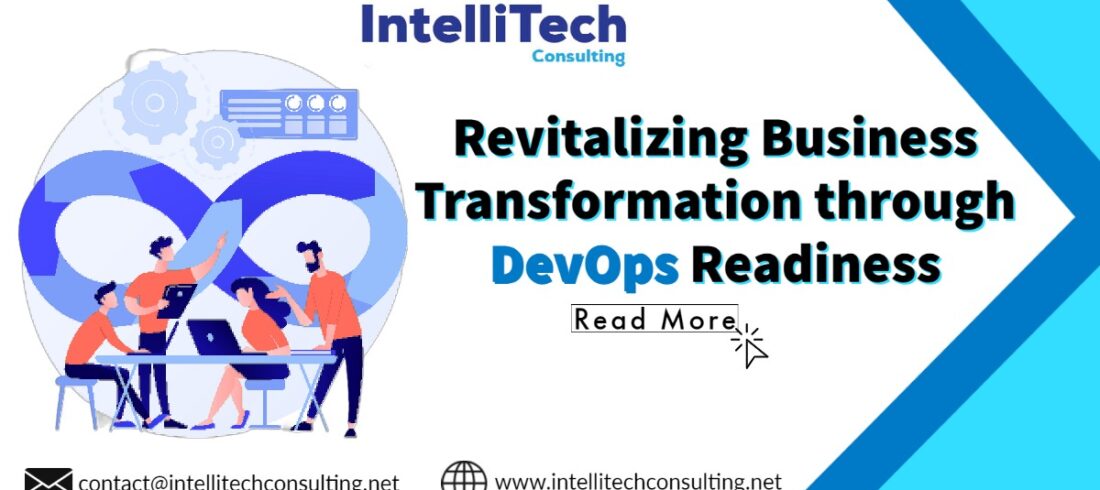

Continuous Testing in DevOps and Best Practices for Implementation
Continuous Testing is a strategy of testing early, regularly testing, and automatically testing. Continuous means regular and undisrupted Testing consistently. There is a continuous change in software in the DevOps process when it moves from Development to Testing to Deployment. Perhaps, this cycle assists us with tracking down the risks, addressing them, and working on the quality of the work continuously.
The benefits of Continuous Testing lie in the development process. At a more significant level, it eliminates the obstacles presented by performing Testing in a single step. Perhaps, in continuous Testing, the code is automatically tested when incorporated. This straightforwardly upholds DevOps and the objective of delivering excellent software rapidly.
How does continuous testing work?
The Stages of continuous deployment starts from the step of composing the code by developers and then submitting it to the rendition control/SCM. It is the primary stage in DevOps. It deals with the code composed by developers and is followed by the next step of Continuous Integration. Hence, instead of waiting for all developers to submit code, create and test it, the code is converted into the primary branch in the Continuous Integration approach. From there, developers use Jenkins/Git to make a build and test code in a virtualized environment. It saves time without waiting for all developers to commit.
Best Practices for Implementation of Continuous Testing
For successful continuous testing Accelerate your DevOps and Agile Journey, you must follow the best practices. Let’s find some of them below:
- Treat Test code as code
From the initial stage, deal with test code in the right way. Know the comparison of a high-value and test and time-consuming one. For best continuous Testing, treat test code as code.
- Use Automation strategy based on Risk
Use the strategy in the testing process to examine, determine, and relive the causes for base user experiences.
- Quick feedback
Continuous Testing often generates vast amounts of data that offers the developers new information about issues and provides the managers with a clear decision whether to go or not to go.
- Generate & Maintain data
No matter what application you are developing, testing it against real-world situations is vital. Therefore, give the AQ team and developers accurate test data to ensure it evolves with the app.
- 24/7 Access to Steady Lab & test environment
A steady lab ensures the 24/7 functioning of platforms connected with it. It could include the supporting test conditions, testing tools, and APIs.
- Relation between tester and developer
Having a small yet effective team always encourages the healthy collaboration of the inner team and creates reports to access or share online.
- Priority of Automation
Never remove the manual testing tasks, yet, using the automatic in the first place is vital. Aim towards the sections that are required to run repeatedly. Hence, draw out the SDLC and identify the automation chance.
- Make small designs
Small steps are always more manageable and lead to more extensive test results. So, always break down work into small increments. It will make the automation process easier.
- Record everything
Using data metrics to track down everything is vital. Set a pass-fail process to quickly examine when things are working or not.
- Use the right testing tools
Always choose the appropriate testing tools that function simultaneously in the working environment quickly. Using devices with community support is helpful in Testing.
- System to display results
Carefully examine the results to check whether the code is working or has any issues. Prepare a dashboard incorporating the baseline and changes.
Conclusion
Continuous Testing is an essential step to locate any errors, defects, or bugs in your software. Continuous updates and software delivery require continuous Testing to deliver the best user experience.






